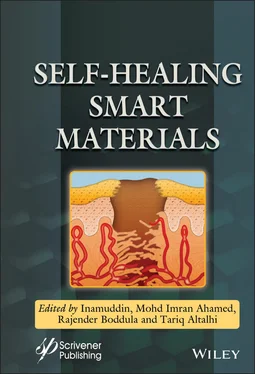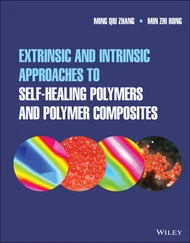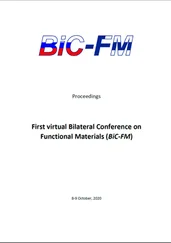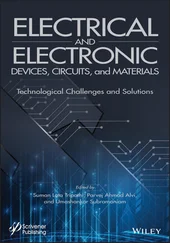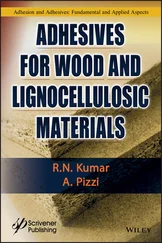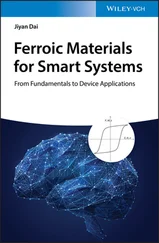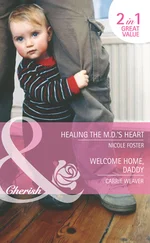72. Schäfer, H., Hartwig, A., Koschek, K., The nature of bonding matters: Benzoxazine based shape memory polymers. Polymer , 135, 285, 2018. 73. Schäfer, H. and Koschek, K., Effect of poly(-caprolactone) in polybenzoxazine blends and respective copolymers on morphology and mechanical properties. Eur. Polym. J. , 108, 582, 2018.
74. Arslan, M., Kiskan, B., Yagci, Y., Benzoxazine-based thermoset with autonomous self-healing and shape recovery. Macromolecules , 51, 10095, 2018.
75. Sudo, A., Hirayama, S., Endo, T., Highly efficient catalysts-acetylacetonato complexes of transition metals in the 4th period for ring-opening polymerization of 1,3-benzoxazine. J. Polym. Sci. Part A: Polym. Chem. , 48, 479, 2010.
76. Arslan, M., Kiskan, B., Yagci, Y., Ring-opening polymerization of 1,3-benzoxazines via borane catalyst. Polymers , 10, 239, 2018.
77. Low, H.Y. and Ishida, H., Improved thermal stability of polybenzoxazines by transition metals. Polym. Degrad. Stabil. , 91, 805, 2006.
78. Chaisuwan, T., Komalwanich, T., Luangsukrerk, S., Wongkasemjit, S., Removal of heavy metals from model wastewater by using polybenzoxazine aerogel. Desalination , 256, 108, 2010.
79. Aydogan, C., Kiskan, B., Hacioglu, S.O., Toppare, L., Yagci, Y., Electrochemical manipulation of adhesion strength of polybenzoxazines on metal surfaces: From strong adhesion to dismantling. RSC Adv. , 4, 27545, 2014.
80. Akay, S., Kayan, B., Kalderis, D., Arslan, M., Yagci, Y., Kiskan, B., Poly(benzoxazine-co-sulfur): An efficient sorbent for mercury removal from aqueous solution. J. Appl. Polym. Sci. , 134, 45306, 2017.
81. Taskin, O., Kiskan, B., Aksu, A., Balkis, N., Weber, J., Yagci, Y., Polybenzoxazine: A powerful tool for removal of mercury salts from water. Chem.—Eur. J. , 20, 10953, 2014.
82. Balkenende, D.W.R., Coulibaly, S., Balog, S., Simon, Y.C., Fiore, G.L., Weder, C., Mechanochemistry with metallosupramolecular polymers. J. Am. Chem. Soc. , 136, 10493, 2014.
83. Bode, S., Bose, R.K., Matthes, S., Ehrhardt, M., Seifert, A., Schacher, F.H., Paulus, R.M., Stumpf, S., Sandmann, B., Vitz, J. et al. , Self-healing metallopolymers based on cadmium bis(terpyridine) complex containing polymer networks. Polym. Chem. , 4, 4966, 2013.
84. Bode, S., Zedler, L., Schacher, F.H., Dietzek, B., Schmitt, M., Popp, J., Hager, M.D., Schubert, U.S., Self-healing polymer coatings based on crosslinked metallosupramolecular copolymers. Adv. Mater. , 25, 1634, 2013.
85. Sandmann, B., Happ, B., Kupfer, S., Schacher, F.H., Hager, M.D., Schubert, U.S., The self-healing potential of triazole-pyridine-based metallopolymers. Macromol. Rapid Commun. , 36, 604, 2014.
86. Zheng, P., Arantes, G.M., Field, M.J., Li, H., Force-induced chemical reactions on the metal centre in a single metalloprotein molecule. Nat. Commun. , 6, 7569, 2015.
87. Li, C.-H., Wang, C., Keplinger, C., Zuo, J.-L., Jin, L., Sun, Y., Zheng, P., Cao, Y., Lissel, F., Linder, C. et al. , A highly stretchable autonomous self-healing elastomer. Nat. Chem. , 8, 618, 2016.
* Corresponding author : kiskanb@itu.edu.tr
3
Self-Healable Elastomers
Mariajose Cova Sánchez 1 , Daniela Belén García 2 , Mariano Martin Escobar 2,3 * and Marcela Mansilla 3
1 Departamento de Asistencia a la Industria del Caucho, Instituto Nacional de Tecnología Industrial, Buenos Aires, Argentina
2 Departamento de Diseño de materiales, Instituto Nacional de Tecnología Industrial, Buenos Aires, Argentina
3 INTI, CONICET, Departamento de Diseño de Materiales, Buenos Aires, Argentina
Abstract
The chapter is divided in three sections: the first one is an introduction about the characteristics of self-healing in elastomers; the second one included the characterization methods of healing ability. The last section consists on a review of self-healing in particular cases of different elastomer matrices, such as: natural rubber (NR), styrene butadiene rubber (SBR), polybutadiene rubber (BR), bromobutyl rubber (BIIR), silicones and polyurethane (PU).
Keywords :Healing, rubber, disulfide, hydrogen bonding, diels–alder
Elastomers are elastic polymers that are highly flexible. They are used in a huge number of applications, such as tires, seals, biomaterials, soft robotics, wearable electronic devices and sensors. Elastomer compounds present excellent mechanical properties due to the formation of a stable three dimensional network of covalent bonds in the vulcanization process, but make the material not or almost not self-healable due to the irreversibility of the covalent bonds. Actually, the rubber industry looks for new challenges to contribute to sustainable development. Consequently, it is necessary to develop sustainable materials and methods in order to extend the life cycle of vulcanized elastomers [1]. An alternative to reach this goal is the concept of self-healable elastomeric compounds.
Self-healable materials can be defined as a smart material that responds to stimulus to extend its service life by restoring mechanical integrity after damage. The capacity for self-healing is usually observed in animals and plants. Any industrial component with this capacity would be beneficiated in the presence of defects in service, such as micro cracks [2, 3]. The goal of developing self-healable materials is to extend the long-term durability by effectively removing any local damage that occurs during its service life [4–8]. Another advantage of self-healable rubber is that can prevent catastrophic failure [9].
Self-healable materials can be classified as autonomous (do not need a stimulus to conduct the self-healing process), or non-autonomous, in which a stimulus is required to trigger the self-healing mechanism. Some of the most common stimuli are light, mechanical, chemical or heat (Figure 3.1).
Other possible classifications of self-healing materials are as extrinsic and intrinsic types, according to the healing mechanism [10, 11]. The first one is characterized by the storage of the healing agents in nanotubes, microcapsules, or other micro-containers, which can be released after the matrix suffers damage [12, 13]. Intrinsic type refers to those polymers containing covalent or non-covalent either reversible bonds, which activate by external stimulation after damage. Dynamic covalent bonds can be disulfide bonding [14] and reversible Diels–Alder reaction (DA) [15], whereas dynamic non-covalent bonds can be metal–ligand coordination [16, 17], hydrogen bonds [18, 19], hydrophobic and π–π interactions [20–22]. When the self-healing mechanism is due to dynamic bonds, the mechanical strengths are weaker than those systems with permanent covalent bonds. To overcome this drawback, some authors proposed the incorporation of crystalline domains within the polymer matrix to increase the toughness of the system [23–26].
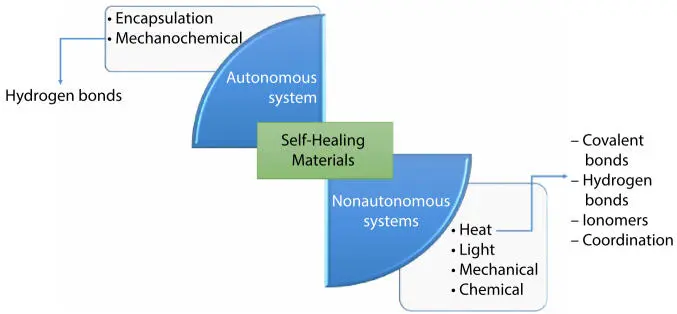
Figure 3.1Classification scheme of self-healing systems.
Covalent bonds are also capable to self-cure partially when the compound is formulated in a way to obtain high content of di- and polysulfides bridges and a low crosslinks density that permits the rearrangement of the bonds that had been broken at the healed interface. Sometimes, this kind of healing mechanism is preferred over hydrogen bonds, because the last one breaks easily when a mechanical effort is applied [2].
Читать дальше
